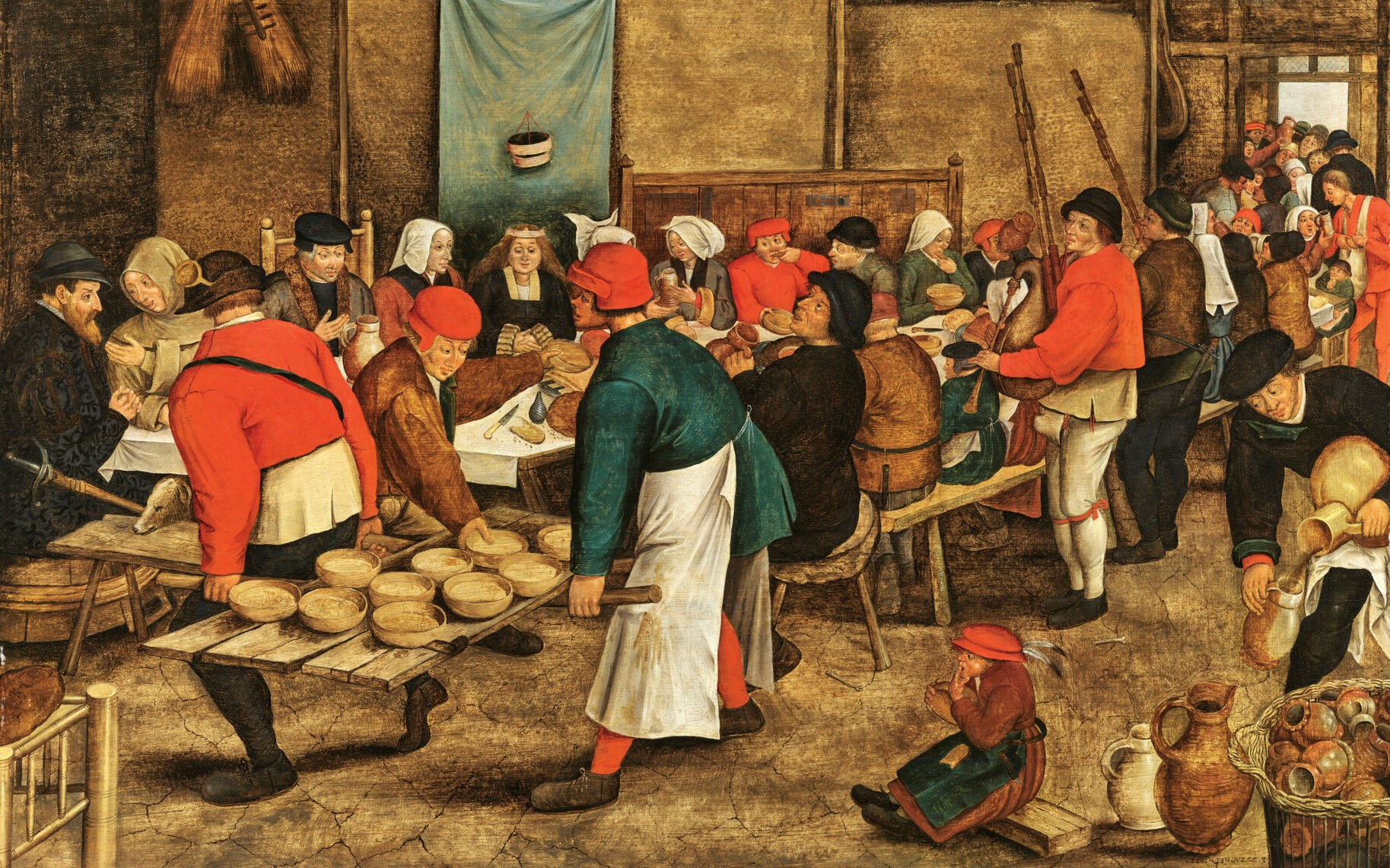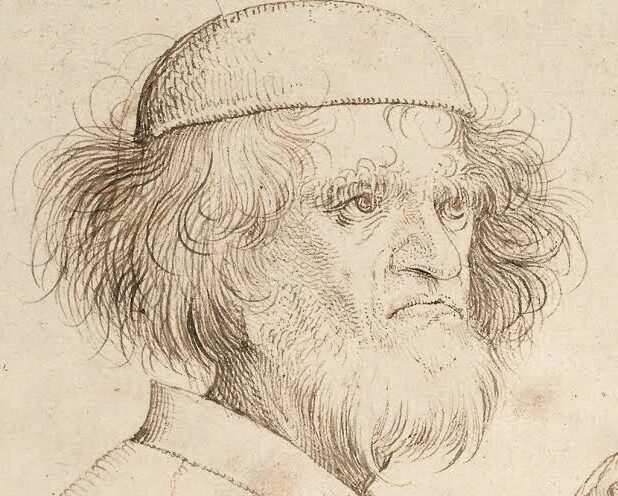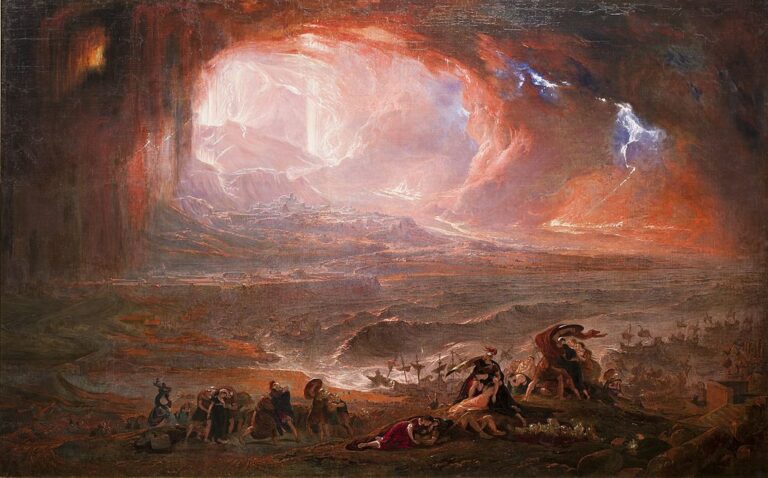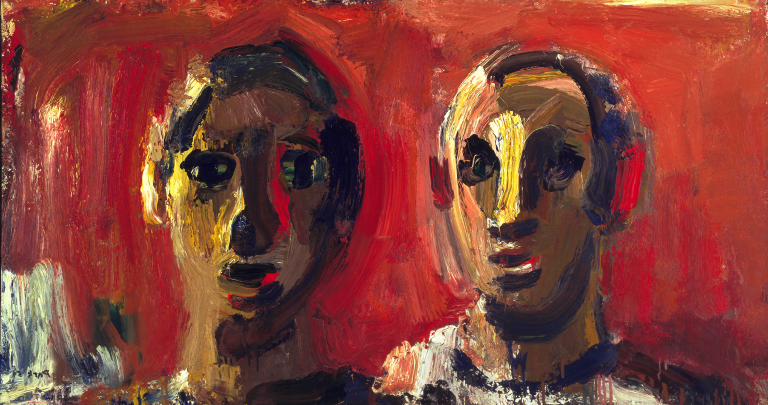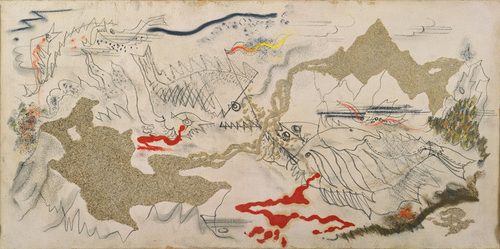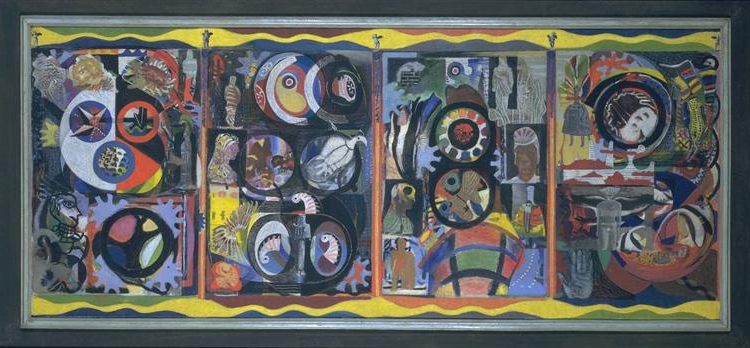Pieter Bruegel the Elder: Painter Who Revolutionized 16th Century Dutch Art
Born: c. 1525–1530, probably Breda
Death: 9 September 1569, Duchy of Brabant, Habsburg Netherlands
Art Movement: Dutch and Flemish Renaissance
Nationality: Dutch
Teacher: Pieter Coecke van Aelst
Pieter Bruegel the Elder: Painter Who Revolutionized 16th Century Dutch Art
Life and Artistic Heritage of Pieter Bruegel the Elder
Pieter Bruegel the Elder emerged as one of the most influential artists of the Northern Renaissance. He created works that captured the essence of everyday life with remarkable detail and insight.
Though details about his early years remain scarce, his artistic journey and family legacy significantly shaped European art history.
Early Life and Influences
Pieter Bruegel the Elder was born sometime between 1525 and 1530. His exact birthplace is uncertain, though many scholars suggest Breda in the Netherlands. His early training remains largely undocumented, but he eventually studied under the prominent artist Pieter Coecke van Aelst in Antwerp, whose daughter Mayken he would later marry.
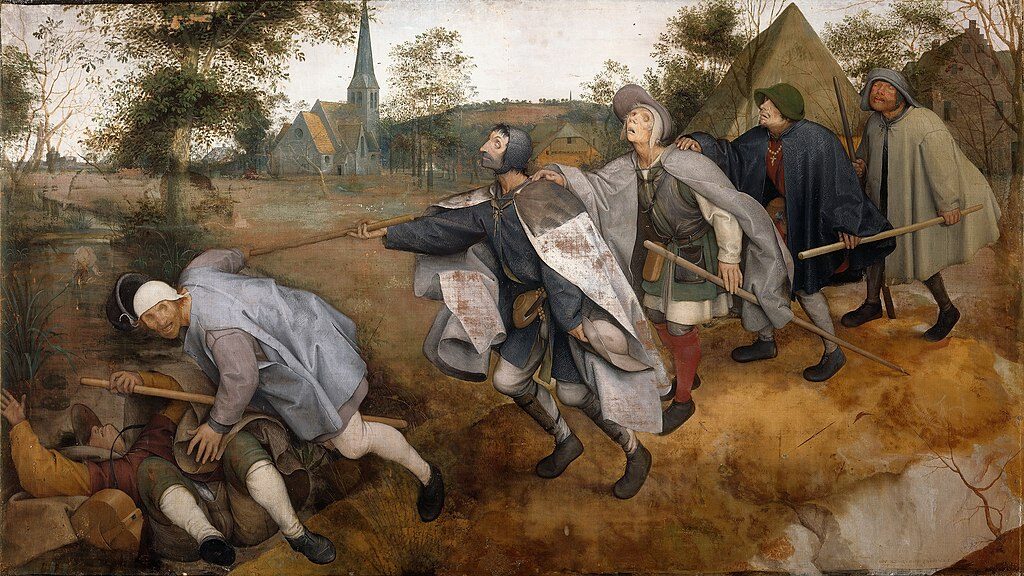
The Blind Leading the Blind (1568) by Pieter Bruegel the Elder
Around 1552, Bruegel traveled to Italy, following a common practice for northern European artists seeking to study classical and Renaissance masterpieces. In Rome, he worked with the miniaturist Giulio Clovio and was exposed to works by Michelangelo and other Italian masters.
This journey significantly influenced his artistic development. Though unlike many contemporaries, Bruegel maintained his distinctive northern European style rather than adopting Italian Renaissance techniques wholesale. The landscapes he encountered during his travels through the Alps would feature prominently in his later works.
Notable Family Members in the Arts
Bruegel established an artistic dynasty that would influence Flemish painting for generations. After his death in 1569 in Brussels, his sons continued his legacy, creating what became known as the Bruegel family enterprise.
His eldest son, Pieter Brueghel the Younger (1564-1638), earned the nickname “Hell Brueghel” for his interest in fantastic and infernal scenes. He primarily copied his father’s compositions, helping to popularize the elder Bruegel’s work throughout Europe.
Jan Brueghel the Elder (1568-1625), his younger son, developed his own distinctive style focusing on detailed floral still lifes and lush landscape paintings. Known as “Velvet Brueghel” for his delicate brushwork, Jan collaborated with other major artists including Peter Paul Rubens.
The family continued to produce notable artists for several generations, cementing the Bruegel name as one of the most significant in Flemish art history.
Major Works and Themes
Bruegel earned the nickname “Peasant Bruegel” for his detailed depictions of rural life and folklore. His paintings offer vivid glimpses into 16th-century daily life, portraying peasant weddings, village festivals, and seasonal activities with remarkable attention to detail.

The Hunters in the Snow (1565) by Pieter Bruegel the Elder
Key works include:
- The Hunters in the Snow (1565) – Part of his seasons series, showing a winter landscape
- The Peasant Wedding (1567) – Depicting a rustic celebration with characteristic humor
- The Tower of Babel (1563) – Exploring biblical themes with contemporary social commentary
Bruegel’s art shows influences from Hieronymus Bosch, particularly in his earlier works featuring fantastical elements and moral warnings. Unlike most Renaissance artists, Bruegel frequently positioned human figures as small elements within vast landscapes, challenging the human-centered focus of the era.
His work addressed religious and social issues during a time of political upheaval in the Netherlands, often embedding subtle criticism of Spanish rule and religious persecution under the guise of peasant scenes or biblical narratives.
Artistic Style and Influence
Bruegel’s artistic style evolved throughout his career, combining detailed observation with symbolic meaning. His works revolutionized landscape painting while offering insightful depictions of peasant life that went beyond mere documentation to reveal deeper social commentary.
Development of Visual Style
Pieter Bruegel the Elder began his career creating engravings that showcased his meticulous attention to detail. His early work was influenced by Hieronymus Bosch’s fantastical imagery, particularly evident in pieces like “The Fall of the Rebel Angels.”

The Fall of the Rebel Angels (1562) by Pieter Bruegel the Elder
As his style matured, Bruegel moved away from Bosch’s influence toward a more personal artistic vision. He transitioned from tempera to oil paints, allowing for richer textures and more nuanced coloration in his compositions.
His journey through the Alps in the 1550s significantly impacted his approach to landscape painting. The majestic mountain scenery inspired his unique perspective, where viewers often observe scenes from an elevated vantage point.
Depiction of Peasant Life and Landscapes
Bruegel earned the nickname “Peasant Bruegel” for his vivid portrayals of rural life. Works like “Peasant Wedding” and “Peasant Dance” capture ordinary people with dignity and authenticity rather than idealization or mockery.
His landscapes were revolutionary, moving beyond mere backgrounds to become subjects worthy of artistic focus. “The Hunters in the Snow” exemplifies his mastery of seasonal landscapes, where the human figures are integrated into a vast winter panorama.
Bruegel’s compositions often placed tiny human figures within expansive natural settings. This technique, seen in “The Return of the Herd,” emphasized humanity’s small place within the natural world.
His paintings combine careful observation with symbolic elements. “The Magpie on the Gallows” appears to be a simple landscape, but contains subtle social commentary on the political situation of his time.
Influence on Subsequent Generations
Bruegel’s impact on art history has been profound and enduring. His innovative approach to landscape painting influenced the development of the genre in Northern European art for centuries.

The Tower of Babel (c. 1563) by Pieter Bruegel the Elder
His unflinching depictions of peasant life created a new tradition of genre painting. Artists who followed in his footsteps learned to find beauty and meaning in ordinary scenes of daily life.
The symbolic complexity in works like “The Parable of the Blind” and “The Tower of Babel” established a visual language that continues to resonate with contemporary viewers and artists.
His sons, Pieter Brueghel the Younger and Jan Brueghel the Elder, carried forward his artistic legacy. They copied his compositions and developed their own styles inspired by his groundbreaking work.
Modern artists continue to find inspiration in Bruegel’s panoramic compositions, his unidealized human figures, and his ability to blend realism with profound symbolism.
Legacy and Reception

Landscape with the Flight into Egypt (1563) by Pieter Bruegel the Elder
Pieter Bruegel the Elder’s influence on art history extends far beyond his short lifetime. His innovative approach to depicting everyday life and his technical mastery continue to fascinate scholars and art lovers alike.
Museums and Public Collections
Bruegel’s works are treasured possessions in many of the world’s finest museums. The Kunsthistorisches Museum in Vienna holds the largest collection of his paintings, including masterpieces like “The Hunters in the Snow” and “The Peasant Wedding.”
The Metropolitan Museum of Art in New York displays “The Harvesters,” which was originally part of a six-painting series showing different times of the year. This important work was commissioned by an Antwerp merchant for his country home.
Brussels’ Royal Museums of Fine Arts houses several key works, appropriate given that Bruegel died in that city in 1569. Interestingly, many of his paintings remained in private collections for centuries, limiting public access and awareness of his full artistic range.
Critical Analysis and Interpretation
Bruegel’s reputation has evolved significantly over time. Initially known for his crowded scenes of peasant life, he was sometimes dismissed as merely a painter of rustic subjects.
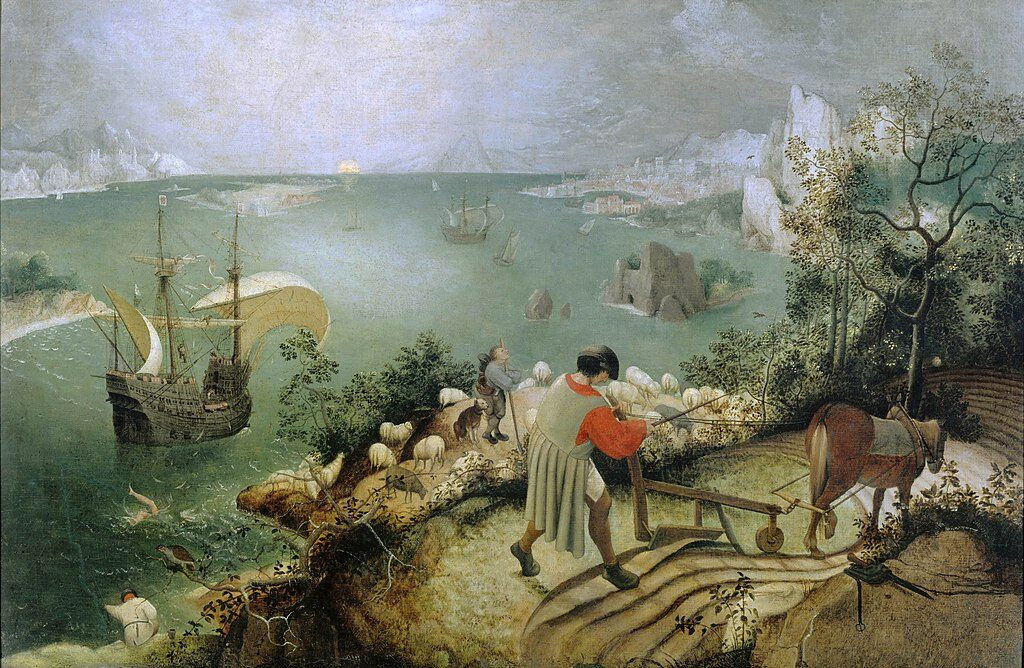
Landscape with the Fall of Icarus (c. 1558) by Pieter Bruegel the Elder
Modern critics recognize his profound social commentary and technical innovations. His ability to depict crowds of people with individual characteristics shows remarkable observational skills.
Art historians now place him among the most significant figures of Dutch and Flemish Renaissance painting. They note his influence on later artists and his departure from Italian Renaissance traditions, despite likely having traveled to Naples and Sicily where he would have encountered works by masters like Titian.
His paintings contain layers of meaning that continue to reward close study, making him a subject of ongoing scholarly interest.
Frequently Asked Questions
Pieter Bruegel the Elder was a revolutionary Flemish painter who transformed 16th-century art with his distinctive style and subject matter. His work continues to captivate viewers with its detailed landscapes, moral messages, and vivid portrayals of peasant life.
What are the distinctive characteristics of Pieter Bruegel the Elder’s painting style?
Bruegel’s style featured meticulous attention to detail, particularly in his landscapes and crowd scenes. He employed a vibrant color palette that brought his scenes to life.
His compositions often contained panoramic views with numerous small figures engaged in various activities. This created a narrative quality in his paintings.
Bruegel had a knack for capturing authentic human expressions and movements. Unlike many Renaissance painters, he portrayed people realistically rather than idealizing them.
What are the most notable works created by Pieter Bruegel the Elder, and why are they significant?
“The Hunters in the Snow” (1565) stands as one of Bruegel’s masterpieces. Its innovative winter landscape and composition influenced landscape painting for centuries.
“The Peasant Wedding” showcases Bruegel’s ability to depict ordinary life with dignity and humor. It provides valuable insights into 16th-century rural customs and celebrations.
“The Tower of Babel” demonstrates Bruegel’s skill in architectural detail and biblical storytelling. The painting serves as both a religious allegory and commentary on human ambition.
How did the historical and cultural context of the time influence Pieter Bruegel the Elder’s artwork?
The Protestant Reformation greatly influenced Bruegel’s approach to religious themes. He moved away from traditional iconography toward more secular interpretations of biblical stories.
Political turmoil in the Netherlands under Spanish rule appears subtly in his work. Some art historians believe certain paintings contain coded criticisms of Spanish oppression.
The humanist movement of the Northern Renaissance shaped Bruegel’s interest in depicting ordinary people. This reflected the period’s growing focus on human experience rather than purely religious subjects.
Can you detail the influence of Pieter Bruegel the Elder on the art world and subsequent generations of artists?
Bruegel established peasant life as a legitimate artistic subject. This broke from Renaissance traditions that primarily featured nobility, religious figures, or classical myths.
His landscape techniques influenced Dutch and Flemish painters for generations. Artists like Peter Paul Rubens studied and drew inspiration from his panoramic compositions.
Modern artists have continued to find inspiration in Bruegel’s work. His influence can be seen in painters ranging from the Impressionists to contemporary artists who explore themes of human society.
What were the predominant themes depicted in Pieter Bruegel the Elder’s paintings?
Peasant life featured prominently in Bruegel’s work. He depicted rural customs, celebrations, and daily activities with remarkable authenticity.
Moral lessons and proverbs were often illustrated through his paintings. Works like “Netherlandish Proverbs” visually represented dozens of common sayings.
The relationship between humans and nature appeared consistently in his landscapes. Bruegel portrayed people as small elements within vast natural settings, emphasizing nature’s dominance.
How has Pieter Bruegel the Elder’s contribution to the Renaissance art movement been assessed by art historians?
Art historians consider Bruegel a pivotal figure in Northern Renaissance art. His work bridged medieval artistic traditions and new Renaissance approaches.
Scholars emphasize Bruegel’s unique position as both an innovative artist and documentarian. His paintings provide valuable visual records of 16th-century life in the Low Countries.
Recent scholarship has focused on the socio-political dimensions of Bruegel’s work. Historians now recognize subtle commentaries on class, religion, and power that were previously overlooked.

